-
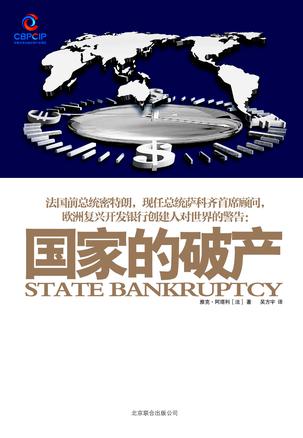
国家的破产
冰岛破产!希腊破产!美国、英国、法国等西方大国债台高筑,债务高达GDP的50%甚至200%! 2010年美国政府的负债已经突破历史上的最高纪录达13万亿美元,国债达GDP的将近90%,如果达到GDP的150%,就会造成恶性通货膨胀的风险。根据2008美国联邦政府财政报告中的数字,按照公认会计准则计算,在联邦政府累计债务达到65.5万亿美元的同时,联邦政府的净价值竟已是-59.3万亿美元。而65.5万亿美元的巨额赤字不仅是美国国内总产值的4倍还多,而且也超过了整个世界的生产总值。 而中国超越日本,成为第一债权人!月入不足1000欧元的中国人,却将省吃俭用的血汗钱供养着10倍于己的美国人! 法国两任总统顾问雅克•阿塔利深入研究近代以来公债的发展历史,首次向世人揭示了国家公债在战争、世界财富转移中的重要甚至决定性作用,揭示了美国统治全球的根本秘诀,也揭示出金融危机的根本原因,向世界发出严重警告:西方大国即将破产! 作者通过专业的研究分析,呼吁世界各国全面反思,制定新的兼容规则和一个全然不同的金融和政治架构,避免经济萧条、通货膨胀和延期偿付等问题,避免全球性的毁灭。 -
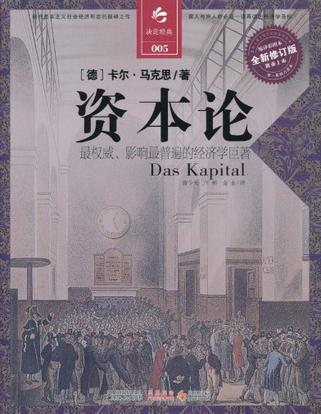
资本论
《决定经典005·资本论(全新修订版)》是西方哲学大体系缔造者中的最后一个人——卡尔·马克思经济学说中最主要的著作,同时也是马克思主义的重要百科全书,更是研究资本主义社会经济形态的巅峰之作。 《资本论》创造了一个崭新的思想体系。其研究世界的方法源于德国哲学、早期社会主义理论和政治经济学。马克思像黑格尔一样,相信能够用一个辩证法公式概括人类的进化历程。他认为,所有哲学家所做的一切都在于致力于解释世界,但他同时认为,问题的关键在于如何改变世界。他在黑格尔辩证法的基础之上,颠覆了传统的“形而上学”,建立了一个现实中得意实践的最大的思想体系,一个影响到地球50%以上人口的体系。 恩格斯说:“自地球上有资本家和工人以来,没有一本书像我们面前这本那样,对于劳动者具有如此重要的意义。资本和劳动的关系,是我们现代社会全部体系所赖以旋转的轴心。这种关系在这里第一次作了科学的说明,而这种说明之透彻和精辟,只有一个德国人才能做到——这个人就是马克思,他攀登到最高点,将现代社会关系的全部领域一览无遗。” -

财政危机、自由和代议制政府(1450-1789)
本书为“公共预算经典与前沿译丛”之一,除导言外,本书包含6个作者的7篇文章和结论部分。开始两章是关于英格兰的。第1章追踪了15世纪到内战前夕关于政府财政的政治。第2章进一步探讨了斯图亚特王朝晚期到18世纪早期的政治与国家财政的关系。第3章致力于研究尼德兰在16世纪和17世纪通过征税和贷款来筹集资金的特别能力。第4章和第5章关注西班牙的问题,将国会的财产变化与西班牙国库的运作联系起来。第6章考察了从中世纪末期到18世纪早期的法国,探讨特权和特殊主义的财政影响,以及该国不断重复的财政危机的政治后果。第7章则解释了法国1788年的财政危机为什么导致君主制的跨台,而此前许多类似的危机则从未如此。结论部分对四个国家进行了比较,并得出了关于国家财政和政治发展之关系的一般经验,回答了许多一般性问题。 -
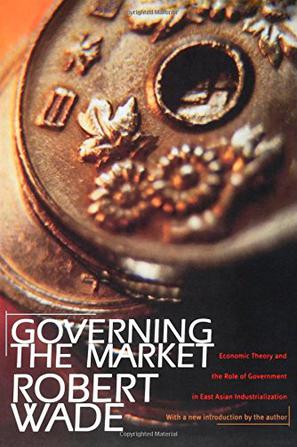
Governing the Market
Published originally in 1990 to critical acclaim, Robert Wade's "Governing the Market" quickly established itself as a standard in contemporary political economy. In it, Wade challenged claims both of those who saw the East Asian story as a vindication of free market principles and of those who attributed the success of Taiwan and other countries to government intervention. Instead, Wade turned attention to the way allocation decisions were divided between markets and public administration and the synergy between them. Now, in a new introduction to this paperback edition, Wade reviews the debate about industrial policy in East and Southeast Asia and chronicles the changing fortunes of these economies over the 1990s. He extends the original argument to explain the boom of the first half of the decade and the crash of the second, stressing the links between corporations, banks, governments, international capital markets, and the International Monetary Fund. From this, Wade goes on to outline a new agenda for national and international development policy. -
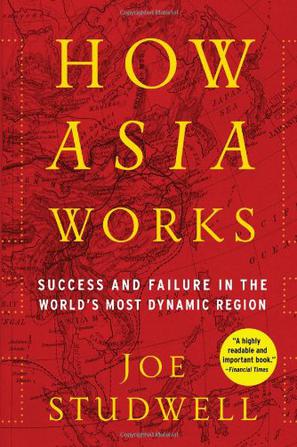
How Asia Works
In the 1980s and 1990s many in the West came to believe in the myth of an East-Asian economic miracle. Japan was going to dominate, then China. Countries were called “tigers” or “mini-dragons,” and were seen as not just development prodigies, but as a unified bloc, culturally and economically similar, and inexorably on the rise. Joe Studwell has spent two decades as a reporter in the region, and The Financial Times said he “should be named chief myth-buster for Asian business.” In How Asia Works, Studwell distills his extensive research into the economies of nine countries—Japan, South Korea, Taiwan, Indonesia, Malaysia, Thailand, the Philippines, Vietnam, and China—into an accessible, readable narrative that debunks Western misconceptions, shows what really happened in Asia and why, and for once makes clear why some countries have boomed while others have languished. Studwell’s in-depth analysis focuses on three main areas: land policy, manufacturing, and finance. Land reform has been essential to the success of Asian economies, giving a kick start to development by utilizing a large workforce and providing capital for growth. With manufacturing, industrial development alone is not sufficient, Studwell argues. Instead, countries need “export discipline,” a government that forces companies to compete on the global scale. And in finance, effective regulation is essential for fostering, and sustaining growth. To explore all of these subjects, Studwell journeys far and wide, drawing on fascinating examples from a Philippine sugar baron’s stifling of reform to the explosive growth at a Korean steel mill. Thoroughly researched and impressive in scope, How Asia Works is essential reading for anyone interested in the development of these dynamic countries, a region that will shape the future of the world. -
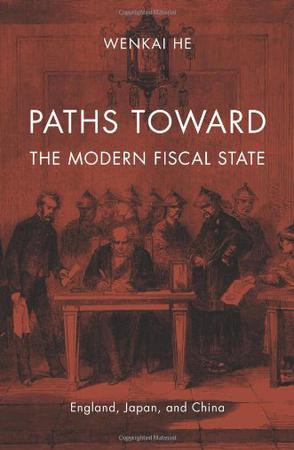
Paths toward the Modern Fiscal State
The rise of modern public finance revolutionized political economy. As governments learned to invest tax revenue in the long-term financial resources of the market, they vastly increased their administrative power and gained the ability to use fiscal, monetary, and financial policy to manage their economies. But why did the modern fiscal state emerge in some places and not in others? In approaching this question, Wenkai He compares the paths of three different nations--England, Japan, and China--to discover why some governments developed the tools and institutions of modern public finance, while others, facing similar circumstances, failed to do so. Focusing on three key periods of institutional development--the decades after the English Civil Wars, the Meiji Restoration, and the Taiping Rebellion--He demonstrates how each event precipitated a collapse of the existing institutions of public finance. Facing urgent calls for revenue, each government searched for new ways to make up the shortfall. These experiments took varied forms, from new methods of taxation to new credit arrangements. Yet, while England and Japan learned from their successes and failures how to deploy the tools of modern public finance and equipped themselves to become world powers, China did not. He's comparative historical analysis isolates the nature of the credit crisis confronting each state as the crucial factor in determining its specific trajectory. This perceptive and persuasive explanation for China's failure at a critical moment in its history illuminates one of the most important but least understood transformations of the modern world.